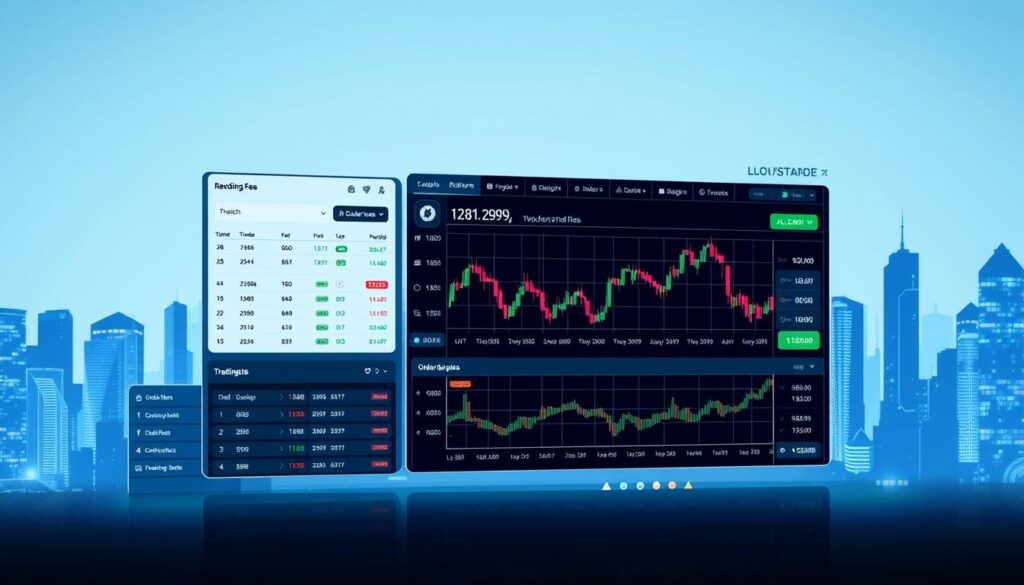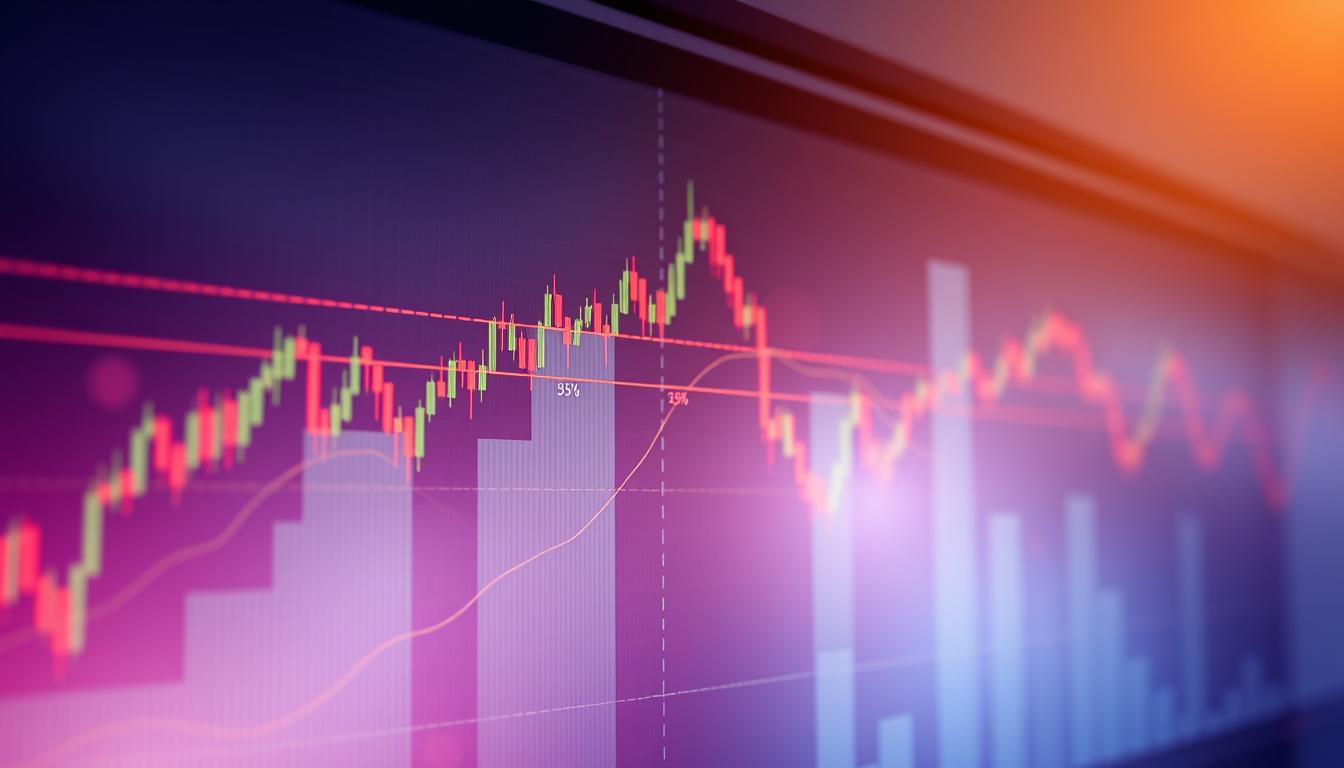Now Reading: When is the Best Time of Day to Trade Cryptocurrency?
- 01
When is the Best Time of Day to Trade Cryptocurrency?
When is the Best Time of Day to Trade Cryptocurrency?

The cryptocurrency market never closes. It runs 24 hours a day, seven days a week. This is very different from traditional stock exchanges. The constant operation creates endless chances for traders. However, it also brings the risk of trading too much.
Volatility is a key feature of digital assets. This makes the market exciting for those who understand its rhythms. Yet, new traders can find the rapid price changes difficult to handle. These swings can lead to quick losses without a solid plan.
Knowing when market activity peaks is crucial. Certain periods see much higher trading volume and liquidity. This information helps traders make smarter moves. It can improve the chances of a good return on investment.
Many people are turning to digital assets today. Some seek extra income due to rising prices. Others are drawn by stories of small investments turning into large sums. This guide will explore the factors that create optimal trading windows.
Success requires more than just good timing. You need discipline, analysis skills, and risk management. This article provides data-driven insights. It will help you identify the most favorable moments for your strategy.
Key Takeaways
- The crypto market operates continuously, unlike traditional stock markets.
- High volatility presents both significant opportunities and risks for traders.
- Market activity, liquidity, and price swings are not constant throughout the day.
- Identifying peak activity periods is essential for improving trading outcomes.
- A successful strategy combines timing with discipline and risk management.
Understanding the Cryptocurrency Market Landscape
Unlike conventional financial exchanges, cryptocurrency platforms remain accessible at all hours. This continuous operation sets digital asset markets apart from traditional stock exchanges that follow specific schedules.
24/7 Market Dynamics and Volatility
While crypto markets never close, trading activity follows distinct patterns. Volume and liquidity fluctuate significantly throughout the day. These fluctuations create windows of higher volatility.
Rapid price movements characterize these active periods. They present both profit opportunities and increased risk. Understanding these rhythms helps traders navigate the markets more effectively.
Global Trading Hours and Stock Market Overlaps
Major financial centers influence crypto trading volume. When New York and London markets overlap, activity peaks. This occurs around 2:30 PM to 4:30 PM UTC during standard time.
Professional traders often participate in both stock and crypto markets during their working hours. This synchronization creates concentrated trading periods. The overlap generates higher liquidity and more significant price movements.
Tokyo market hours also see increased activity, though typically less pronounced than the US-London overlap. These global patterns create predictable high-volume windows for strategic trading.
Key Factors: Best Time of Day to Trade Cryptocurrency
Market dynamics in cryptocurrency trading are heavily influenced by volume and liquidity patterns. These metrics provide crucial insights into market efficiency and opportunity windows.

Trading Volume and Liquidity Considerations
Trading volume represents the total amount of digital assets exchanged within a specific period. High volume periods typically offer superior conditions for executing orders quickly and efficiently.
Liquidity refers to how easily a crypto asset can be traded without significantly affecting its price. When liquidity is abundant, traders experience reduced slippage and smoother trade execution.
The relationship between volume and liquidity is direct. Higher trading volume generally provides better liquidity, allowing traders to enter and exit positions more effectively. According to market analysis, these conditions create optimal trading environments.
Assistant Professor of Finance Amin Shams at Ohio State University notes that historically, trades decrease on weekends. This reduction in volume leads to increased volatility, causing prices to move more dramatically.
Influence of Global Economic and Regulatory Events
Market sentiment significantly impacts trading activity across exchanges. The collective mood of investors can drive volume fluctuations and price movements.
Influential figures like Elon Musk can trigger rapid market reactions. Their statements often create immediate volatility and affect trading patterns.
Government regulatory announcements carry substantial weight. Policy changes impact both current market conditions and future outlooks for crypto assets.
For traders using decentralized exchanges, gas fees present additional considerations. On networks like Ethereum, these fees rise during high activity periods, potentially reducing trading profits.
Gas fees typically increase during bull cycles when transaction volume peaks. This makes timing even more critical for cost-effective trading strategies.
Daily and Weekly Trading Trends in the Crypto Market
Weekly trading cycles reveal consistent volume fluctuations that traders can strategically anticipate. Professional investors typically operate during standard business days, creating predictable activity patterns.

Weekday Trading Patterns vs. Weekend Activity
Market activity peaks during weekdays when institutional participants are most active. Tuesday through Thursday typically show the highest trading volumes as global markets synchronize.
Mondays often begin with lower volume as traders assess weekend developments. This creates a gradual buildup toward mid-week trading intensity.
Weekends present different market conditions with reduced participation. Lower volume can lead to exaggerated price movements that may not reflect broader market sentiment.
Bloomberg research indicates professional traders prefer weekday trading sessions. Thursday mornings have historically shown favorable entry points according to market data analysis.
The crypto market often follows a weekly price pattern where values build through the week before declining on weekends. Understanding these rhythms helps traders identify optimal entry and exit times.
Strategies and Technical Analysis for Timing Trades
Effective crypto trading relies on a structured approach combining technical tools and disciplined execution. Mastering these elements helps traders identify potential opportunities and manage volatility.
Technical analysis forms the foundation for many short-term trading strategies. It involves studying charts and indicators to make informed decisions.

Utilizing Technical Indicators and Chart Patterns
Key indicators provide crucial market insights. The Relative Strength Index (RSI) measures momentum, signaling overbought or oversold conditions.
Moving Averages smooth price data to reveal trends. Crossovers between short and long-term averages often indicate entry or exit points.
The MACD indicator tracks momentum shifts. It helps traders spot potential trend reversals. Volume confirms the strength of a price move, validating signals from other tools.
Risk Management and Trade Execution Strategies
Solid risk management is non-negotiable. Never risk more than 1-2% of capital on a single trade.
Use stop-loss orders to limit losses automatically. Take-profit levels help secure gains without emotional interference. This discipline is vital for long-term success in crypto trading.
Beyond day trading, various strategies exist. Each suits different goals and risk tolerances.
| Strategy | Focus | Risk Level |
|---|---|---|
| Scalping | Small, frequent profits | High |
| Range Trading | Price channels | Medium |
| Arbitrage | Price differences across exchanges | Low |
| HODLing | Long-term holding | Variable |
Successful traders often blend multiple strategies. They adapt their analysis to current market conditions for optimal results.
Practical Tips and Considerations for Crypto Traders
Smart traders know that historical patterns provide valuable clues for navigating the crypto markets. While past performance doesn’t guarantee future results, studying price data reveals recurring trends that can inform your strategy.

Leveraging Historical Trends and Market Data
Research from Fool.com showed that afternoon purchases often yielded favorable results for United States investors. This aligns with peak trading volume periods when market activity increases.
Many experts suggest early morning hours before the NYSE opens present buying opportunities. Prices tend to be lower during these off-peak periods and typically rise as daily activity builds.
Specific historical data reveals interesting patterns. LongHash research indicated Bitcoin prices were typically lowest at 6 AM UTC on Fridays between 2018 and 2020. However, market conditions constantly evolve.
Different cryptocurrencies exhibit unique characteristics. Bitcoin and Ethereum may follow different intraday trends than smaller altcoins. This requires coin-specific analysis for accurate predictions.
Focusing on high-cap digital assets offers advantages for active participants. Their higher liquidity ensures easier order execution and tighter bid-ask spreads that help preserve profits.
Staying informed about news events and regulatory announcements is crucial. Social media trends and economic developments can trigger sudden price movements creating both risks and opportunities.
Successful participation requires significant focus and discipline. Without proper risk management, volatility can quickly lead to losses. Consider your personal circumstances when determining optimal windows for your crypto day trading activities.
Conclusion
The global nature of cryptocurrency creates predictable windows of opportunity for informed market participants. Activity peaks between 2:30 PM and 4:30 PM UTC when London and New York markets overlap. This period offers superior liquidity and significant volatility for various strategies.
Tuesday through Thursday typically show the strongest market conditions with professional participation. Weekends often feature reduced volume that can distort price movements. Understanding these patterns provides a clear advantage over random trading approaches.
Success requires more than optimal timing. Technical analysis, risk management, and awareness of news events are equally crucial. The ultimate right moment depends on personal readiness and confidence in your approach.
Dollar-cost averaging reduces timing pressure while building positions gradually. Remember that past performance doesn’t guarantee future results in these volatile assets. Continuous education and disciplined execution remain fundamental to crypto trading success.
FAQ
Is the cryptocurrency market open 24 hours a day?
Yes, unlike traditional stock exchanges like the NYSE, digital asset markets operate continuously, 24/7. This means trading activity and price movements can happen at any hour, any day of the week.
When is trading volume typically highest?
The highest trading volume and liquidity often occur during the overlap of major global market hours, particularly when both the New York and London financial centers are active. This period generally sees increased price volatility and more trading opportunities.
How do weekends affect cryptocurrency trading?
Weekend activity can differ from weekdays. Trading volume may be lower, which can sometimes lead to sharper price swings with less liquidity. Some traders analyze these patterns for specific strategies, while others avoid trading during these hours to manage risk.
What role do global economic events play in timing trades?
Major economic announcements, regulatory news, or significant geopolitical events can cause sudden and substantial price movements. Being aware of the scheduled times for these events is crucial, as they can create periods of high volatility regardless of the time of day.
Can technical analysis help determine the best time to trade?
Absolutely. Traders use technical indicators and chart patterns to identify potential entry and exit points. Analyzing historical data for specific assets can reveal recurring patterns related to certain times of the day or week, informing a more structured approach.
What is a key risk management strategy for timing trades?
A fundamental strategy is to never trade more than you are willing to lose. Using stop-loss orders and having a clear plan for trade execution can help protect your investment during unpredictable market movements, which can occur at any hour.













